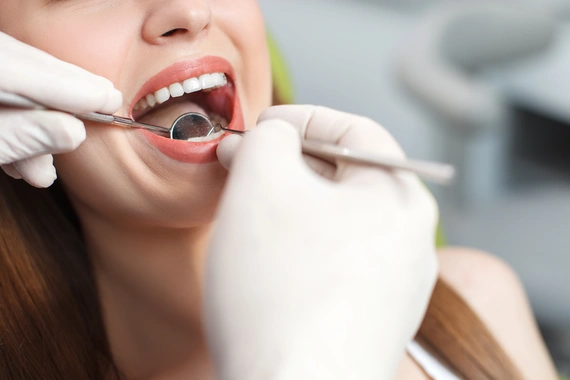
Regular Cleaning: The dental hygienist or dentist will begin by visually inspecting your teeth and gums for any signs of problems like cavities, gum inflammation, or other abnormalities. The hygienist uses specialized instruments, such as scalers, to scrape away plaque and tartar from above and below the gum line. After removing tartar, your teeth are polished with a slightly abrasive paste. This smooths the tooth surfaces, making it harder for plaque to adhere. The hygienist will floss between your teeth to remove any remaining plaque or debris. Deep Cleaning: A dental deep cleaning, also known as scaling and root planing, is a more intensive procedure than a regular dental cleaning. It's designed to treat gum disease (periodontitis) that has progressed beyond the early stages. A deep cleaning is also known as Periodontal treatment. Learn more about Periodontal treatment here:
"I’ve been a patient since I was a toddler. I can’t imagine going anywhere else. Their staff is fantastic and the doctors are the best!"